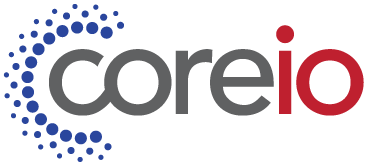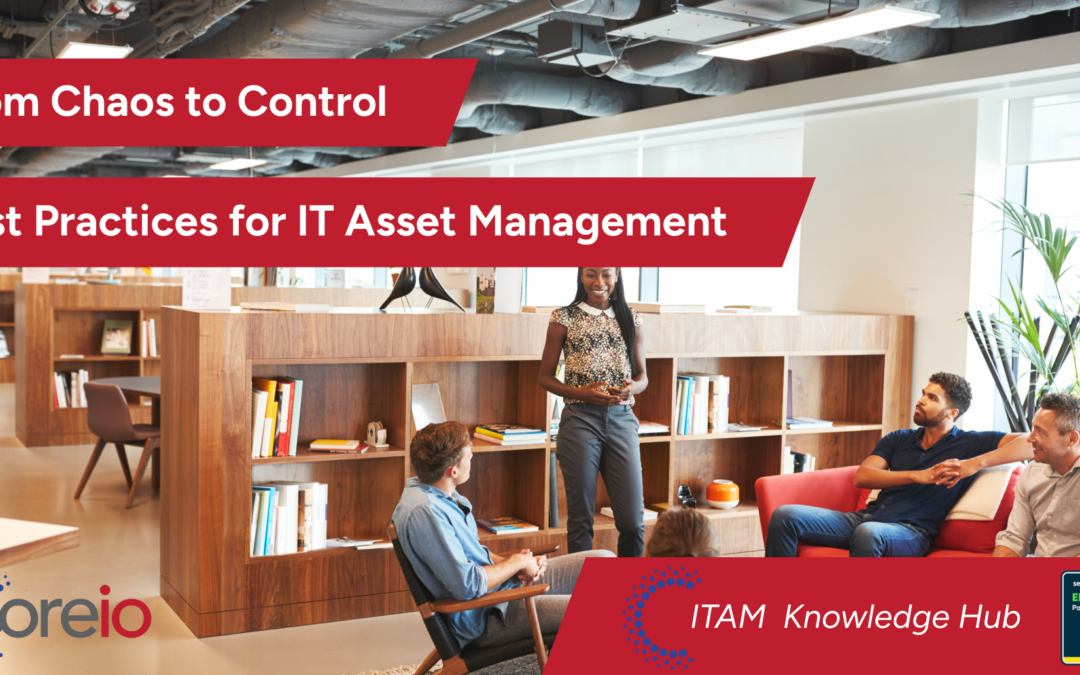Picture your IT infrastructure as a sprawling metropolis. Every server, software license, and cloud instance is a building. Now, imagine managing that city blindfolded – it’s chaotic, costly and risky. Welcome to the world of modern IT Asset Management (ITAM)
As technology races forward, the stakes in ITAM grow higher. Mismanagement can lead to skyrocketing costs, compliance risks, and operational chaos. Just like managing a city requires tools, maps, and careful oversight, mastering today’s ITAM requires visibility, control, and strategic integration.
Overcoming the Visibility, Risk, and Efficiency Challenges
The Visibility Void
Did you know 66% of organizations report significant duplication in hardware and software? This waste stems from a critical lack of visibility across IT assets. The solution? Automation and real-time tracking.
- Implement automated discovery and inventory tools for hardware, software, and cloud assets.
- Utilize configuration management databases (CMDBs) to maintain accurate, up-to-date asset information.
- Deploy agent-based and agentless scanning technologies for comprehensive asset detection.
Technical Tip: Implement an ITAM solution with machine learning capabilities for anomaly detection in asset usage and performance. This proactive approach can identify potential issues before they impact operations.
The Compliance Conundrum
In regulated industries like finance, healthcare, and utilities, compliance isn’t optional. It’s essential for survival.
- Financial sector: SOX and GLBA demand rigorous ITAM for data security.
- Utilities: NERC standards require strict control over IT and OT assets.
- Healthcare: HIPAA compliance hinges on robust asset management.
Technical Tip: Implement automated software license reconciliation tools. These can compare actual software usage against purchased licenses, ensuring compliance and optimizing spend. Use data normalization techniques to accurately match discovered software to license entitlements.
The Integration Imperative
Disparate systems are the enemy of efficiency. The solution? Unified ITAM workflows.
- Create integrated workflows that span Hardware Asset Management (HAM), Software Asset Management (SAM), and cloud management.
- Establish bi-directional data flows between ITAM, ITOM, and ITSM systems.
- Implement event-driven automation for asset lifecycle management.
Technical Tip: Utilize ITAM platforms with robust REST APIs and webhook capabilities. This allows for real-time data synchronization and automated workflow triggers across your IT ecosystem.
Best Practices for Effective IT Asset Management
- Centralize and Automate: Implement a single ITAM platform with automated discovery and tracking.
- Embrace Predictive Analytics: Use AI-driven insights to forecast asset needs and optimize lifecycles. Implement machine learning models for predictive maintenance and capacity planning.
- Continuous Compliance Monitoring: Set up automated compliance checks and alerts for licensing and regulatory requirements. Use policy-as-code frameworks to ensure consistent compliance enforcement.
- Foster Cross-Functional Collaboration: Create an ITAM steering committee with stakeholders from IT, Finance, and Procurement. Implement role-based dashboards to provide relevant insights to each stakeholder group.
The Power of Integrated ITAM: ServiceNow and Coreio’s Expertise
In the realm of ITAM, integration is key. ServiceNow’s platform offers a unified CMDB, automated discovery, and seamless workflow integration across IT modules. Coreio brings deep ITAM expertise and a unique ability to connect ITAM with ITOM, ITSM, and IRM ensuring a holistic approach to IT management. By leveraging ServiceNow’s robust ITAM capabilities and Coreio’s specialized knowledge in creating integrated IT ecosystems, you can achieve true asset visibility, streamline compliance, optimize costs, and enhance decision-making.
Is your IT infrastructure well-managed, or are visibility gaps and inefficiencies holding you back? Discover where you stand on your ITAM journey. Contact us today to assess your current strategy and take the first step toward a more efficient, compliant, and streamlined IT environment.

